Wine is an age old tradition.
Here is a variety of fun, odd, and amusing facts about wine, grapes, vineyards and winemaking.
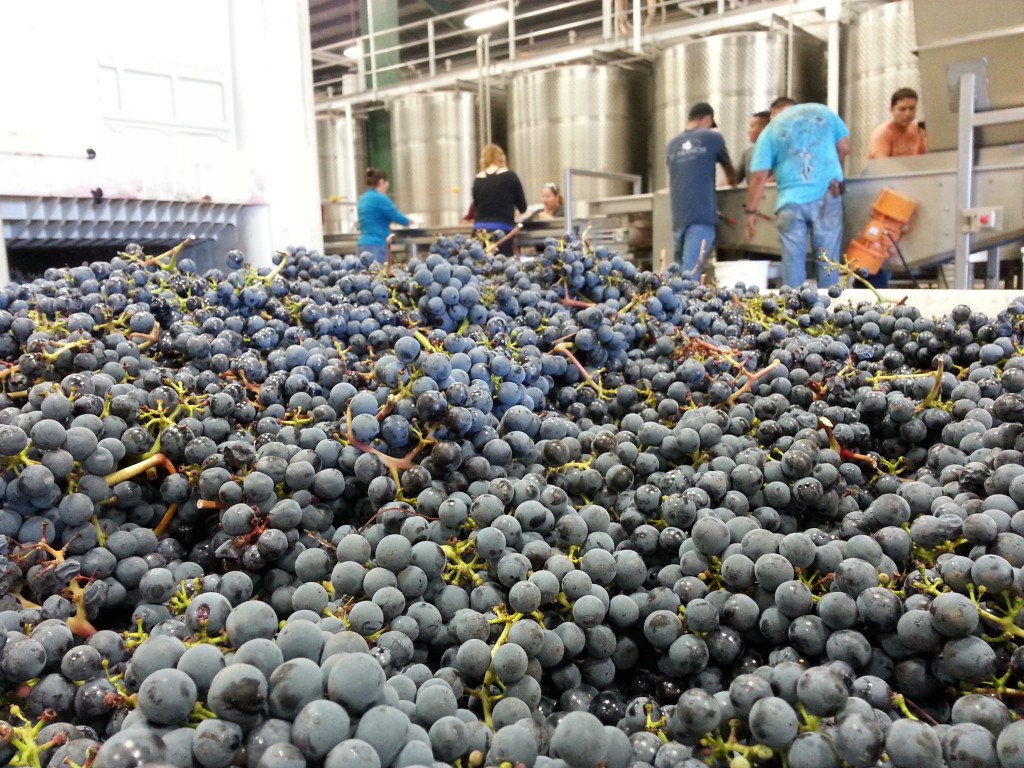
Courtesy of #SonomaChat, an on-line, Twitter-based conversation about our favorite subject — WINE!!
SonomaChat happens Every Wednesday 6-7pm Pacific Standard Time. Anyone & everyone can join in the conversation. See you there…
Fun Facts About Wine
-
Wine is made in virtually every country in the world.
-
 Due to a natural chemical balance, grapes ferment without the addition of sugars, acids, enzymes, water, or other nutrients.
Due to a natural chemical balance, grapes ferment without the addition of sugars, acids, enzymes, water, or other nutrients. -
In Vietnam, if you are in the know and ask your waiter for a glass of cobra wine. They will serve you rice-wine covered with snake blood that is killed on the spot.
-
Intense fear or hatred of wine is called “oenophobia.”
-
The dark green wine bottle was an English invention, the work of Sir Kenelm Digby (1603-1665). Previously wine had been kept in goat skin bags.
-
Wine ‘tastings’ are somewhat inaccurately named – top sommeliers agree that smell is by far the most important sense when it comes to drinking wine.
-
The custom of bumping glasses with a “cheers” greeting came from old Rome.
-
In ancient Egypt, the ability to store wine until maturity was considered alchemy and was the privilege of only the pharaohs.
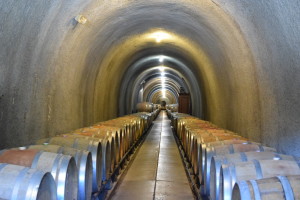
-
Bubbles in wine have been observed since ancient Greece and were attributed to the phases of the moon or to evil spirits.
-
Winemaking is a significant theme in one of the oldest literary works known, the Epic of Gilgamesh. The divinity in charge of the wine was the goddess Siduri.
-
The average age of a French oak tree harvested for use in creating wine barrels is 170 years.
-
A survey from Australia once stated that women that drink 2 cups of wine a day tend to enjoy sex more than women who don’t drink at all.
-
The primary fruit crop in Napa Valley during the 1940’s was Prunes – Not grapes.
-
10,000 varieties of wine grapes exist worldwide.
-
Roman Historian Pliny the Elder rated 121 B.C. as a vintage “of the highest excellence.” This was the first known reference to a specific wine vintage.
-
400 different oak species are available to source wood for wine barrels.
-
The signing of the Declaration Of Independence was toasted with glasses of Madeira.
-
President Lincoln held an actual liquor license back in his days in Salem, Illinois. For a modest $7 dollars, in 1833, he and his partner William F. Berry got a tavern license that permitted them to sell a “1/2 pint of wine or French brandy for $.25
-
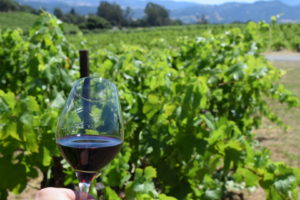 Wine tasting is the sensory examination and evaluation of wines.
Wine tasting is the sensory examination and evaluation of wines. -
A few vine cuttings from the New World brought to Europe spread a tiny insect called Phylloxera vastatrix, which feeds on the roots of vines. The only way to save all of the European grape vines was to take European vines that were grafted onto American rootstocks to combat Phylloxera.
-
A “cork-tease” is someone who constantly talks about the wine he or she will open but never does.
-
While wine offers certain medical benefits, it may slightly increase the risk of contracting certain kinds of cancer of the digestive tract, particularly the esophagus.
-
European wines are named after their geographic locations while non-European wines are named after different grape varieties.
-
Besides churches and monasteries, two other great medieval institutions derived much of their income from wine: hospitals and universities. The most famous medieval wine-endowed hospital is the beautiful Hôtel-Dieu in Beaune, France, it is now a museum.
-
 In the Middle Ages, the greatest and most innovative winemakers of the day were monastic orders. The Cistercians and Benedictines were particularly apt winemakers, and they are said to have actually tasted the earth to discover how the soil changed from place to place.
In the Middle Ages, the greatest and most innovative winemakers of the day were monastic orders. The Cistercians and Benedictines were particularly apt winemakers, and they are said to have actually tasted the earth to discover how the soil changed from place to place. -
The Germans invented Eiswein, or wine that is made from frozen grapes.
-
Because grapes in the Southern Hemisphere are picked during what is Spring in the Northern Hemisphere, a 2010 Australian wine could be six months older than a 2010.
-
As wine comes into contact with air, it quickly spoils.
-
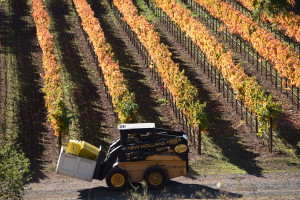 Chilling tones down the sweetness of wine. If a red wine becomes too warm, it may lose some of its fruity flavor.
Chilling tones down the sweetness of wine. If a red wine becomes too warm, it may lose some of its fruity flavor. -
Wine is made with grapes, but it is NOT made with the typical table grapes you would find at the grocery store.
-
Ancient Romans believed that seasoning was more important than the main flavor of wine. They often added fermented fish sauce, garlic, lead and absinthe.
-
The Romans discovered that burning sulfur candles inside empty wine vessels kept them fresh and free from a vinegar smell.
-
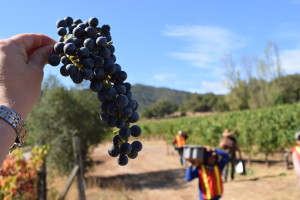 The word “sommelier” is an old French word meaning butler or an officer in charge of provisions, derived from the Old Provençal saumalier, or pack-animal driver.
The word “sommelier” is an old French word meaning butler or an officer in charge of provisions, derived from the Old Provençal saumalier, or pack-animal driver. -
The “Cheers” ritual started back in the Middle Ages, when poisoning was a favorite way to get rid of an enemy. To be sure their glass was poison-free, drinkers would first pour a bit of wine into each other’s glass, so if there was poison in one, it was now in both.
-
A crop of newly-planted wines takes about four to five years to grow before it can be harvested.
-
A “butt” is a medieval measurement for the liquid volume of wine.
-
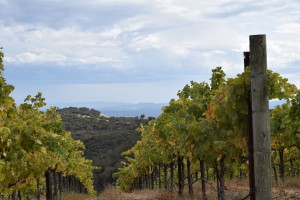 Prohibition had a devastating impact on the US wine industry, and it took years to recover. Some wineries survived by making sacramental wine for religious purposes, which was allowed under the law.
Prohibition had a devastating impact on the US wine industry, and it took years to recover. Some wineries survived by making sacramental wine for religious purposes, which was allowed under the law. -
China has become the leading market for red wine—not just for its flavor. It’s a color favored by the government, and also is considered lucky.
-
Single-celled organisms called yeast convert the sugar in grapes into alcohol and carbon dioxide, and also release heat in the process.
-
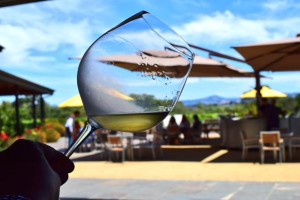 Most wine glasses are specifically shaped to accentuate those defining characteristics, directing wine to key areas of the tongue and nose, where they can be fully enjoyed.
Most wine glasses are specifically shaped to accentuate those defining characteristics, directing wine to key areas of the tongue and nose, where they can be fully enjoyed. -
All wine is stored at the same temperature, regardless of its color. But reds and whites are consumed at completely different temperatures.
-
One glass of wine consists of juice from one cluster of grapes.
-
Seventy-five grapes comprise one cluster.
-
One grape vine produces 10 bottles.
-
One acre can contain 400 vines, resulting in five tons of grapes.
One Bottle of Wine:
- 750 ml of liquid
- 2.4 pounds of grapes (39 oz.)
- 4 glasses of wine
One Barrel of Wine:
- 740 Pounds of grapes and 59 gallons
- 295 bottles of wine
- 1,180 glasses of wine
Capacity (Liters) followed by the number of standard size wine bottles that would be:
- Standard (.75) 1
- Magnum (1.5) 2
- Jeroboam (3) 4
- Rehoboam (4.5) 6
- Methuselah (6) 8
- Salmanazar (9) 12
- Balthazar (12) 16
- Nebuchadnezzar (15) 20
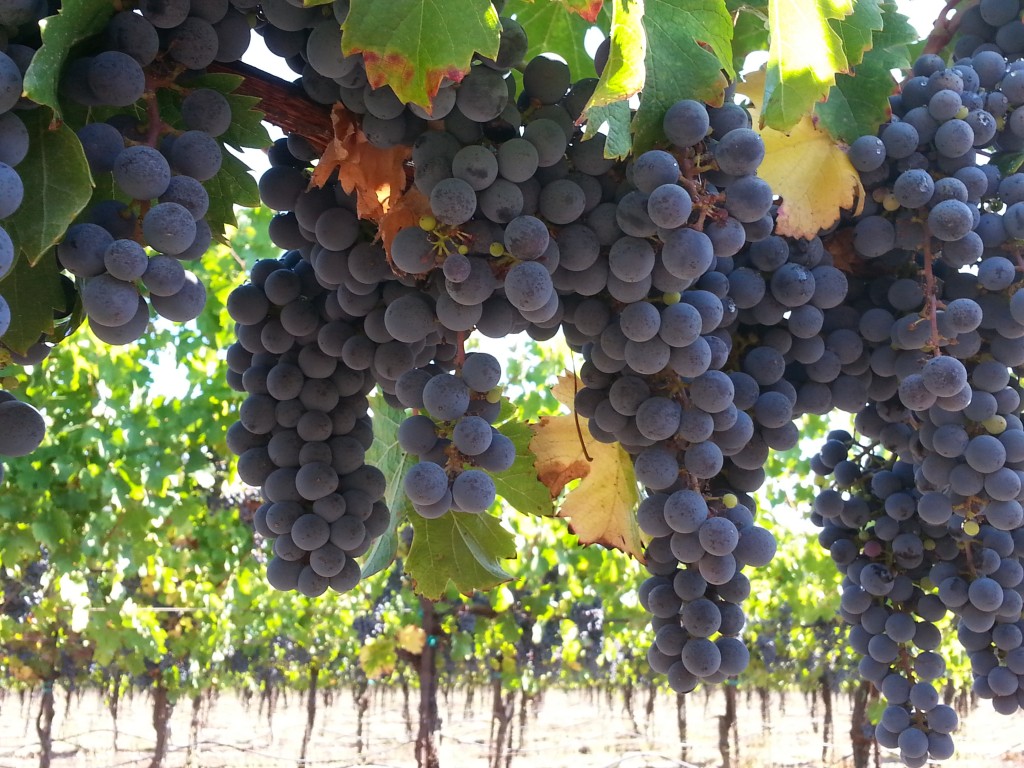
Such an enjoyable read Amy! Thanks
Thanks much Martin… I’m always learning! This drinking wine stuff is fun & amusing too… Cheers
You have #20 backwards.
European vines were grafted onto American rootstocks to combat Phylloxera, not the other way around.
THanks much for pointing that out. Appreciated and fixed. Cheers to you and yours… –Amy
Amy, what a fun read, I do learn every day!
Thanks for the kind words Lew… Big pours in the glass of Sonoma’s finest!! Cheers to you and yours, Amy